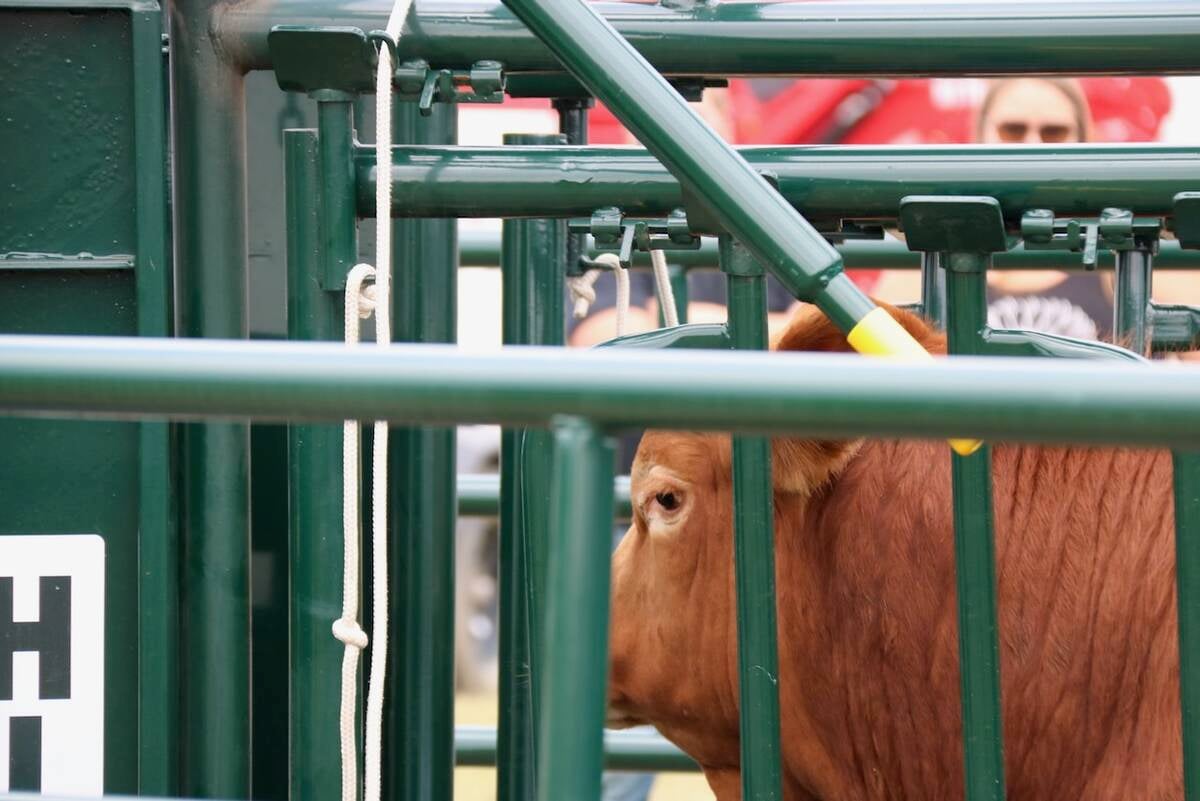The United States has reopened its comment period on proposed rules to resume imports of cattle and beef from countries deemed a minimum BSE risk.
The Animal and Plant Health Inspection Service, a division of the U.S. Department of Agriculture said it is evaluating the best approach to readmitting ruminants.
In addition to live cattle, the acceptance of beef from animals older than 30 months is under consideration.
Meat from cattle 30 months of age or younger is allowed into the American food supply if specified risk materials have been removed.
Read Also

Good handling equipment a must on cattle operations
It’s important for the safety of producers and everyone else dealing with their stock that handling equipment is functional and safe.
“We now believe it would not be necessary to require that beef imported from BSE minimal-risk regions be derived only from cattle less than 30 months of age, provided equivalent measures are in place to ensure that SRMs are removed when the animals are slaughtered, and that such other measures as are necessary are in place.
“We believe such measures are already being taken in Canada,” said the commentary.
The proposed rule was issued Oct. 31, before a BSE-infected cow was reported in Washington state.
The initial comment period closed Jan. 5 but was extended following the Washington case announced Dec. 23. The new deadline is April 7.
For cattle exporter Tony Saretsky, the announcement is welcome news after 10 months of near economic collapse.
“It would be wonderful,” said the chair of the Alberta Beef Industry Council.
The council prefers comments on the rules come from the Canadian Cattlemen’s Association.
Saretsky has been a long-time exporter of feeder and fat cattle to the U.S.
That business evaporated May 20 with Canada’s first case and subsequent border closures.
While he is confident he will survive the fall-out of this crisis, he is not so sure others can, given the major losses experienced.
“We’re going to see some wholesale changes in Western Canada. It was a disaster,” he said.
Even if borders reopen this spring, the federal government needs to develop a program to support those who lost considerable income and equity as they watched their livestock sell far below break-even prices, Saretsky said.
Government programs helped stop some of the bleeding, but the ripple effects of lost farmer income continue unabated throughout rural communities.
“We need the federal government to step up and come up with a program. It may have to be multi-staged,” said Saretsky.
Reports that trade could resume caused some market price jumps during the weekend.
Canfax reported Highwood Auction at High River, Alta., on March 8 had sales of 500 pound feeders reaching $1-$1.10 compared to the week before when the same weight cattle were around 80 cents to $1 per lb.
The market analysis firm would not declare this an upward trend until all reports for the week are calculated.















